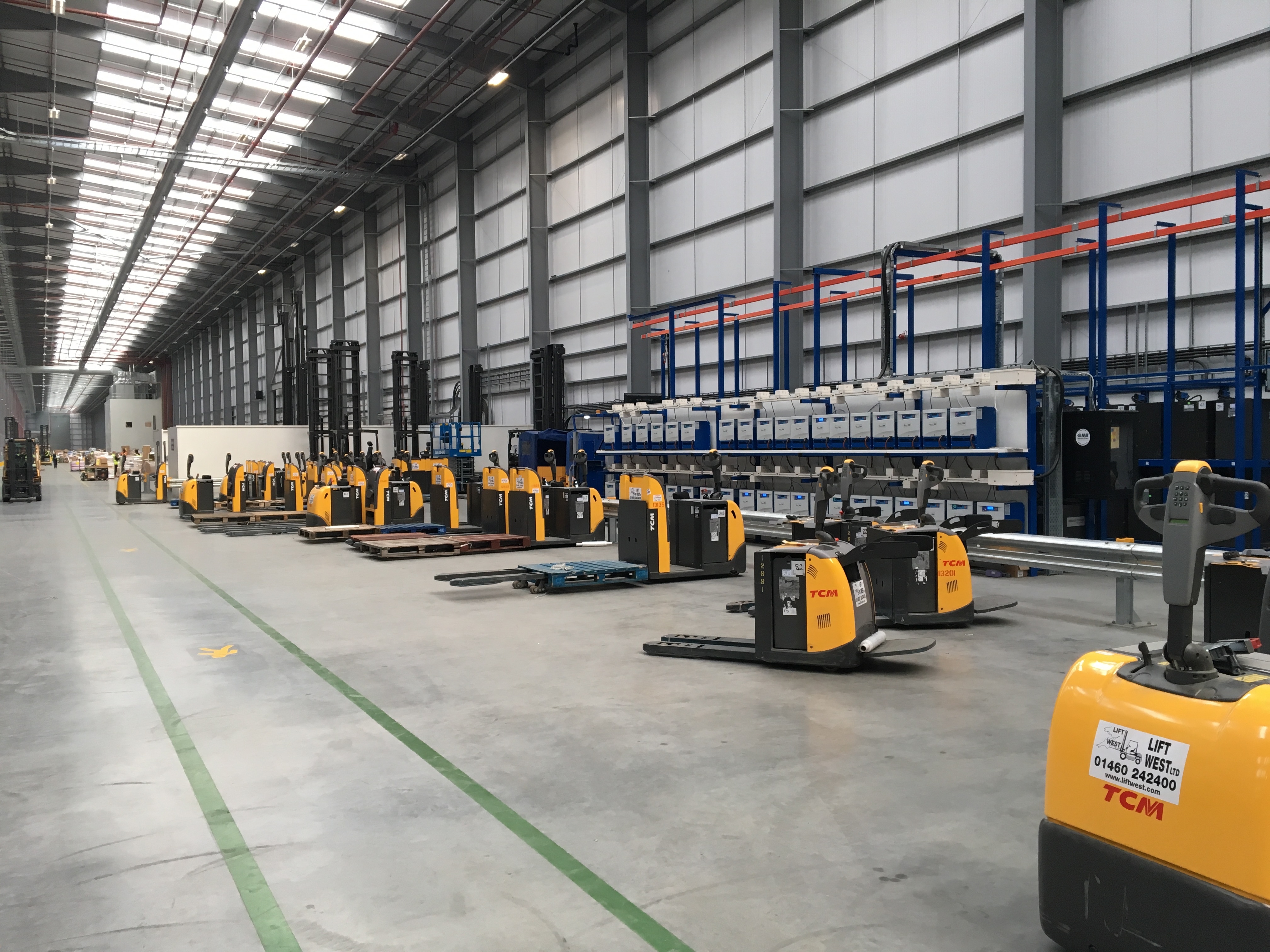1 min read
Weather You Need Production Control (And We Did Spell That Correctly)
Update 09/03/19: today, as we post this blog, Hurricane Dorian is sitting over the Bahamas. Little is yet known about how much damage has been done...
As people, we are inherently curious. Even as we age, that yearning for something new causes us to travel, meet new people, maybe even wander a bit. Curiosity is a part of human nature. We all read studies (and see the evidence) of how curious children are when they are born. We also see the results of traditional educational models in curiosity. Driving children to conform to a single norm of sitting in straight-line desks and file in lines works for teachers in that in helps to control the chaos of the classroom, but if you were like me and many other entrepreneurs, conforming naturally bucked the curiosity you felt about issues that weren’t on the schedule for the teacher today.
In a recent Harvard Business Review article on Why Curiosity Matters, Francesco Gina explores curiosity and its results on business specifically. While most breakthroughs come from curiosity, she cites all the ways that business kill it in their workers. Critical to this center of thinking is the notion that “it will increase risk and inefficiency.”
Ms. Gina lays out the benefits of curiosity in work. Confirmation bias is first on the list. We’ve talked about this before. Expecting what you’ll see and seeing it, whether it’s there or not. This shows up in manufacturing all the time. We hear it called “tribal knowledge.” Many companies tell us that their workforce just “knows what to do.” That only works if you never want to change how they do it.
In training your workers to “just know,” you are eliminating the possibility of anything new. My mind immediately goes back to the days of early automation. Whether that conjures a picture of Lucy trying to wrap chocolates on an assembly line in “I Love Lucy” or assembly workers at the early days of Ford, this is not the way work is done today. In the era of click and swipe, no one wants to do a job the same way all the time.
So how do you make that work for you? What if you build the same things the same way all the time?
It doesn’t matter if you build to different customer orders every day, week or month. If you don’t have live connection with the work that’s being done, a two-way communication with the workforce, then you really don’t know what’s going on in the shop. Results may be steady. You may even be profitable. And that may be enough. But what if it wasn’t?
Would you make a change if you knew you could increase the engagement and productivity of your shop by 10, 20 or even 40%? And if your shop is not performing as well as you would like or need it to, these numbers are certainly something to pursue. On the shop floor, it’s tough to encourage curiosity in the ways that Ms. Gina shares, but not impossible.
What if you had a tool that could show you what’s expected for today before the day started? More than a schedule, it could show you where, when and by whom the work is being done. In your daily huddle, could you use that to stimulate a conversation around any changes that could increase output or quality? Even more simply than that, what if you could provide your operators a way to leave a note for the later shift or even for the engineer that designed the path?
Researching your next shop floor solution? Start with the fundamentals:
What the Size of Your Shop Says About Your Production Needs
Everything we read today in management tells us that engaging your workforce is key to keeping them. Have you explored the very simple idea of engagement through tools?
Curious how that’s possible? Ask us how to foster a little bit of learning into your shop without breaking the bank or slowing the pace. Find out also how to actually increase the productivity and quality of your shop at the same time.
Next Steps
Don’t drown your company with the same daily work. Engage your work force and see where that takes you with CIMx Experts that understand productive and profitable manufacturing.
To learn more about keeping production on track, visit www.CIMx.com.

1 min read
Update 09/03/19: today, as we post this blog, Hurricane Dorian is sitting over the Bahamas. Little is yet known about how much damage has been done...

We’ve talked before about decision methodology. In brief, the theory we follow for manufacturers is that to stay competitive, you must always make...

1 min read
Pictures solidify messages. Science tells us that we forget most of what we read. (This doesn’t speak well to what you might remember about this...